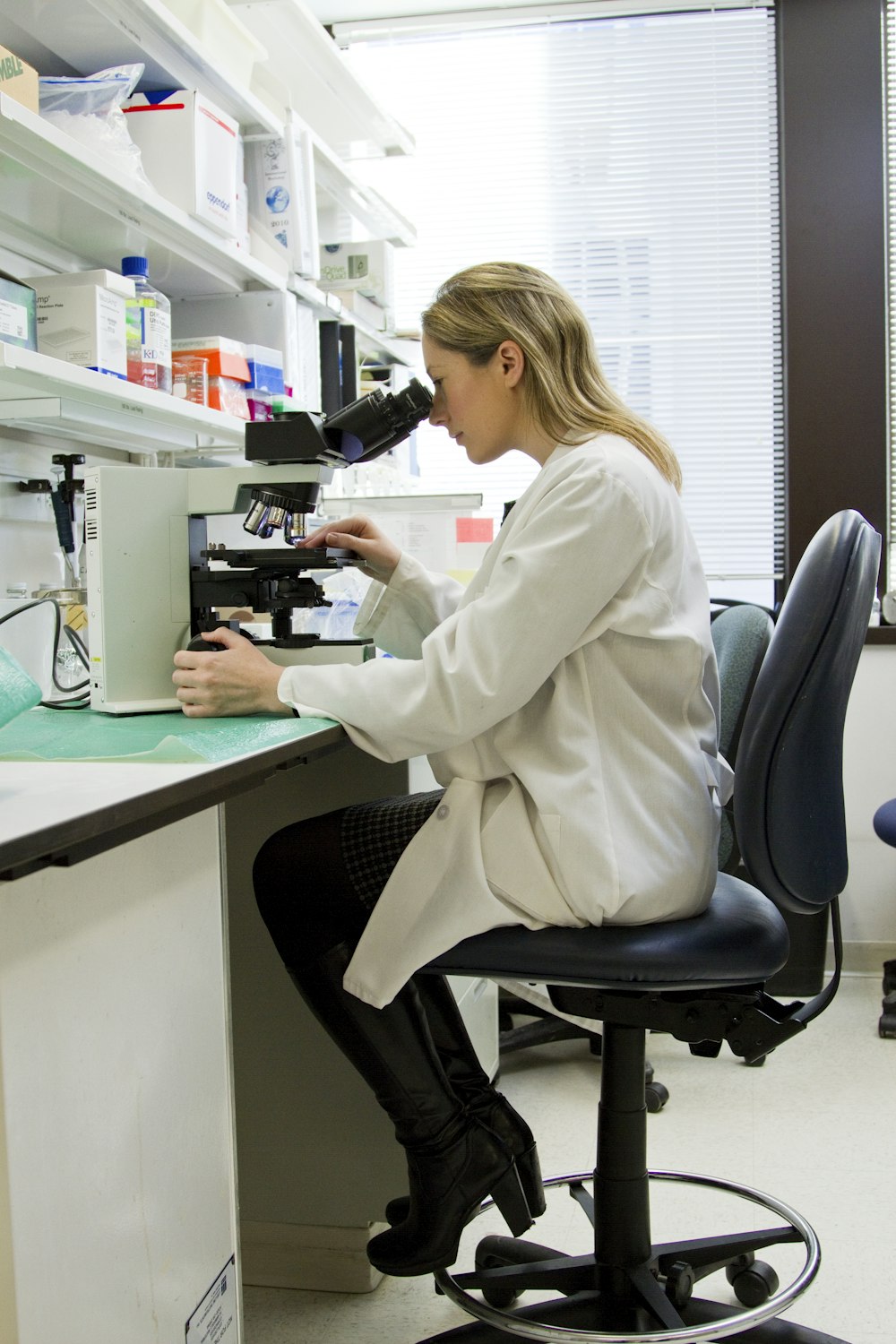Tiny DNA Origami: The Freeze-Dried Nanocargo That's Revolutionizing Cancer Treatment
How supramolecular cryo-engineered porous Cu-DNA nano-vehicles are transforming cancer theranostics through innovative nanotechnology
The Cancer Treatment Dilemma
Imagine if we could load a microscopic cargo ship with cancer-fighting medicine, send it safely through the bloodstream to precisely where it's needed, then unload its contents exactly at the tumor site. This vision, long pursued by scientists, has faced a fundamental problem: most nanoscale drug carriers are simply too small to carry meaningful therapeutic doses.
The Breakthrough
Scientists have created porous DNA-based nanocargo through a process resembling microscopic freeze-drying, representing a significant leap toward versatile cancer theranostics 1 .
Personalized Medicine
This approach opens the door to personalized cancer treatment where switching between different medications doesn't require designing entirely new delivery systems.

The Building Blocks: Understanding The Science Behind The Breakthrough
DNA Nanotechnology
DNA's programmable nature makes it ideal for building intricate nanoscale structures, but traditional approaches lack sufficient storage capacity for clinically significant drug doses 1 .
Technology Comparison
| Technology | Primary Function | Biological Inspiration |
|---|---|---|
| DNA Nanotechnology | Creates structural framework | Natural self-assembly of DNA |
| Supramolecular Chemistry | Enables dynamic responses | Molecular recognition in biological systems |
| Cryo-Engineering | Introduces cargo space | Natural cryoprotection in extremophiles |
| Metal Coordination | Provides structural stability | Metal-protein interactions in enzymes |
Inside The Lab: Engineering The Ultimate Nanocargo Vehicle
Methodology: A Step-by-Step Blueprint
Molecular Self-Assembly
Copper ions (Cu²âº) and nucleic acid therapeutic G3139 spontaneously organize into solid nanostructures through coordination chemistry, similar to protein self-assembly in living cells 1 .
Cryo-Engineering Porosity
The prefabricated solid nanostructures undergo ultrafast freezing, followed by sublimation to create extensive porous networks within the nanoparticles 1 .
Supramolecular Loading
Positively-charged cyclodextrin acts as a molecular facilitator, helping various therapeutic molecules efficiently load into the newly created pores 1 .
Protective Coating
The loaded particles receive a protective coating of tannic acid, sealing the therapeutic cargo inside until reaching the destination 1 .

Performance Comparison
| Parameter | Traditional DNA Nanocarriers | Porous Cryo-Engineered Nanocarriers |
|---|---|---|
| Drug Loading Capacity | Low | High (dramatically improved) |
| Cargo Versatility | Limited to specific molecule types | Broad range of chemotherapeutic and non-chemotherapeutic agents |
| Manufacturing Process | Complex, cargo-specific | Simple "plug-and-play" system |
| Theranostic Capability | Typically therapy OR diagnosis | Combined therapy AND diagnosis |
Drug Loading Capacity Improvement
Traditional DNA Nanocarriers
30% capacity
Porous Cryo-Engineered Nanocarriers
85% capacity
The Scientist's Toolkit: Essential Research Reagents
| Category | Specific Reagents/Materials | Primary Function | Key Characteristics |
|---|---|---|---|
| Structural Framework | G3139 nucleic acid therapeutic; Copper ions (Cu²âº) | Forms the core nanoparticle through coordination self-assembly | Creates stable, biodegradable foundation |
| Porosity Engineering | Liquid nitrogen; Freeze-drying equipment | Introduces porous structure through cryo-engineering | Creates cargo space without harsh chemicals |
| Cargo Loading | Positively-charged cyclodextrin; Various therapeutic agents (e.g., ICG) | Facilitates drug loading into porous structure | Enables "plug-and-play" versatility |
| Surface Modification | Tannic acid | Provides protective coating and controlled release | Responds to tumor microenvironment |
| Imaging Components | Indocyanine green (ICG) | Enables fluorescence imaging and photothermal therapy | Provides dual diagnostic/therapeutic function |
| Characterization Tools | Field Emission Scanning Electron Microscopy (FESEM); Transmission Electron Microscopy (TEM); Dynamic Light Scattering (DLS) | Analyzes nanoparticle size, structure, and distribution | Ensures quality control and optimization |
Key Innovation
The combination of supramolecular chemistry with cryo-engineering creates a versatile platform that can accommodate multiple therapeutic agents without redesigning the delivery system.
Manufacturing Advantage
The "plug-and-play" capability means switching treatments doesn't require developing entirely new delivery systems—a significant advantage for personalized medicine.
The Future of Cancer Treatment: Implications and Applications
Beyond Cancer
This platform could address autoimmune diseases, genetic disorders, and infectious diseases requiring targeted drug delivery.
Streamlined Development
Eliminates the need to redesign nanocarriers for each treatment change, accelerating therapeutic development.
Standardized Platform
Switching cancer medications becomes as straightforward as changing cargo in a standardized shipping container.
The Road Ahead
As research progresses, we may be witnessing the dawn of a new era in nanomedicine—one where switching cancer medications becomes as straightforward as changing cargo in a standardized shipping container, bringing us closer to the promise of truly personalized, adaptive medical treatment.